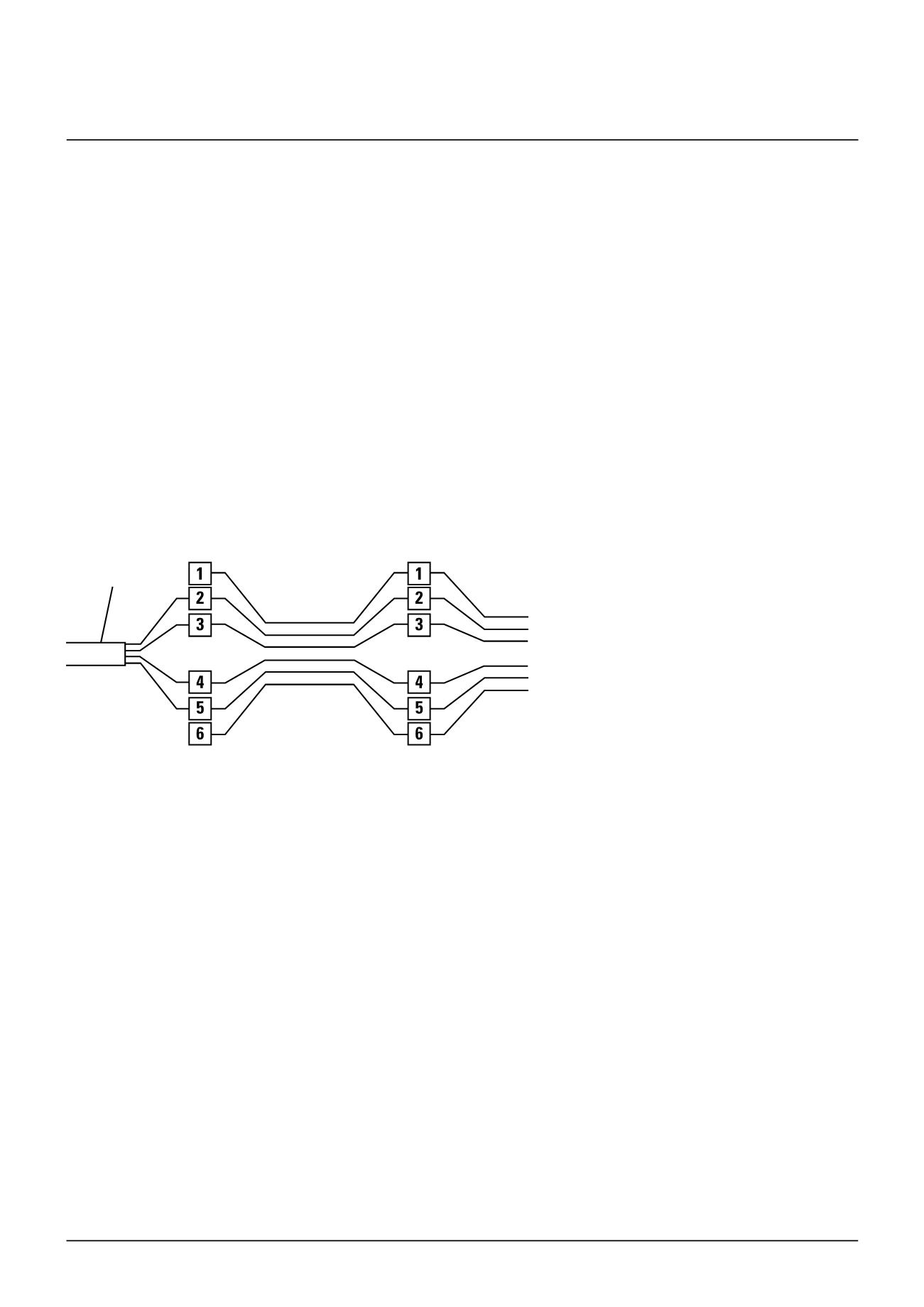

183
Technical
information
Wiring accessories
Telephone socket outlets
It is legal for a contractor to install a secondary telephone socket with associated wiring into house-holds with single exchange lines. The
contractor may install a secondary socket and wire up to the master socket and wiring to the exchange. This does not include wiring the
actual master socket or to the exchange itself. this final connection must be made by an approved installer.
For commercial and industrial installations a PBX (or PABX) internal exchange or ‘intelligent’ telephones are often fitted. In this case, the
contractor may install all of the equipment except for the PBX unit installation. Again this must be carried out by a BSI approved installer and
the interface between the PBX/PABX internal system and the incoming external lines must be connected by British Telecom.
GET telephone sockets are suitable for use in accordance with BS 7671, formerly the 16th Edition of the IEE Wiring regulations and should be
wired in accordance with the diagrams shown.
Existing incoming
cable from PBX etc
.
1st socket outlet
(single master)
Additional socket outlet(s)
(single secondary)
Example of typical connection
1 Connection to 2 & 5
2 Earth recall (when used) connect to terminal 4
3 Connection to terminal 3 is not usually required
NB
(a) Standard 4 wire cable is shown below as incoming cable. If terminals
1 and 6 (normally unused) are required, 6 wire cable may be used.
(b) All socket outlet connections are parallel – any number of socket outlets can be connected, but it is recommended that only a
maximum of 5 telephones be used at any one time on one line.


















